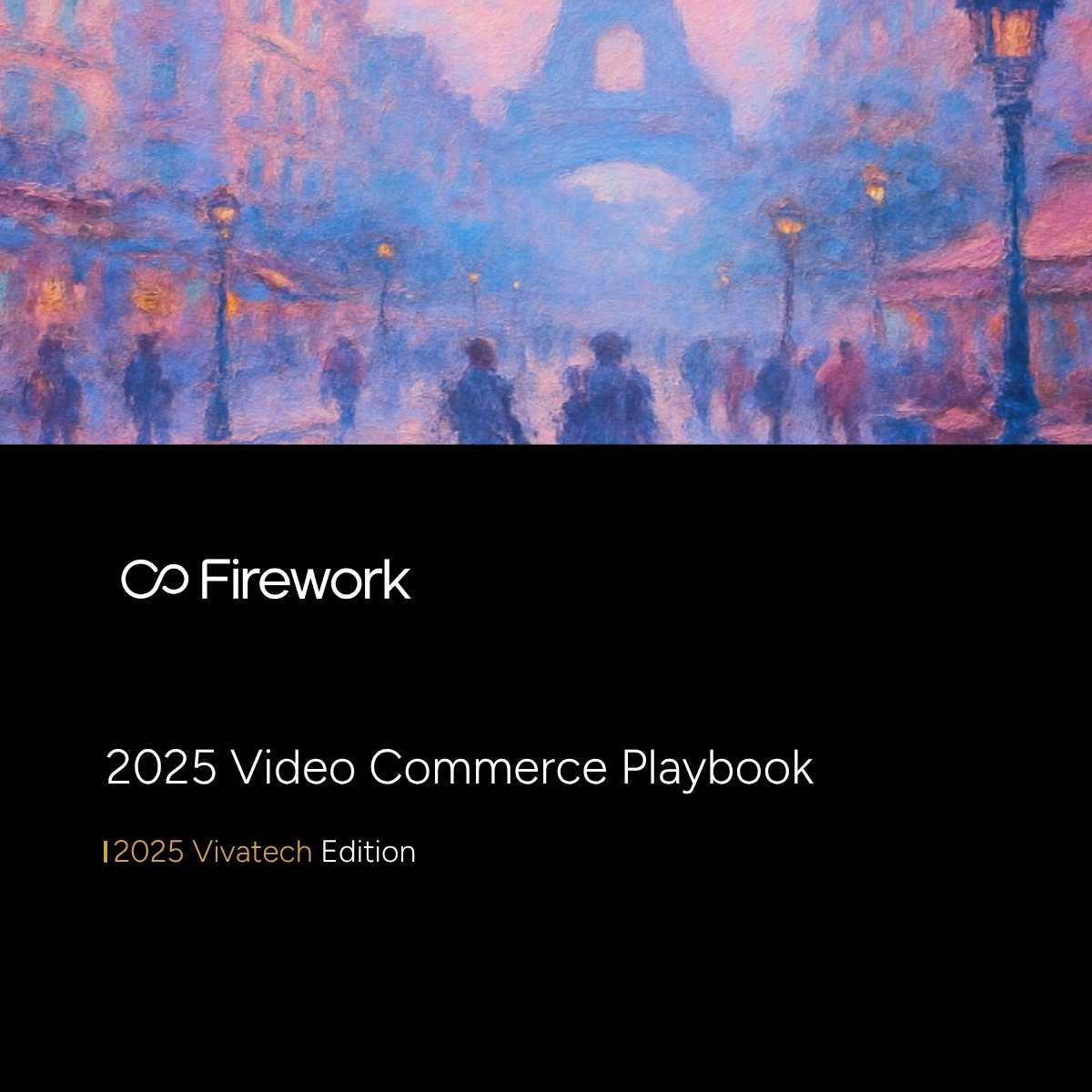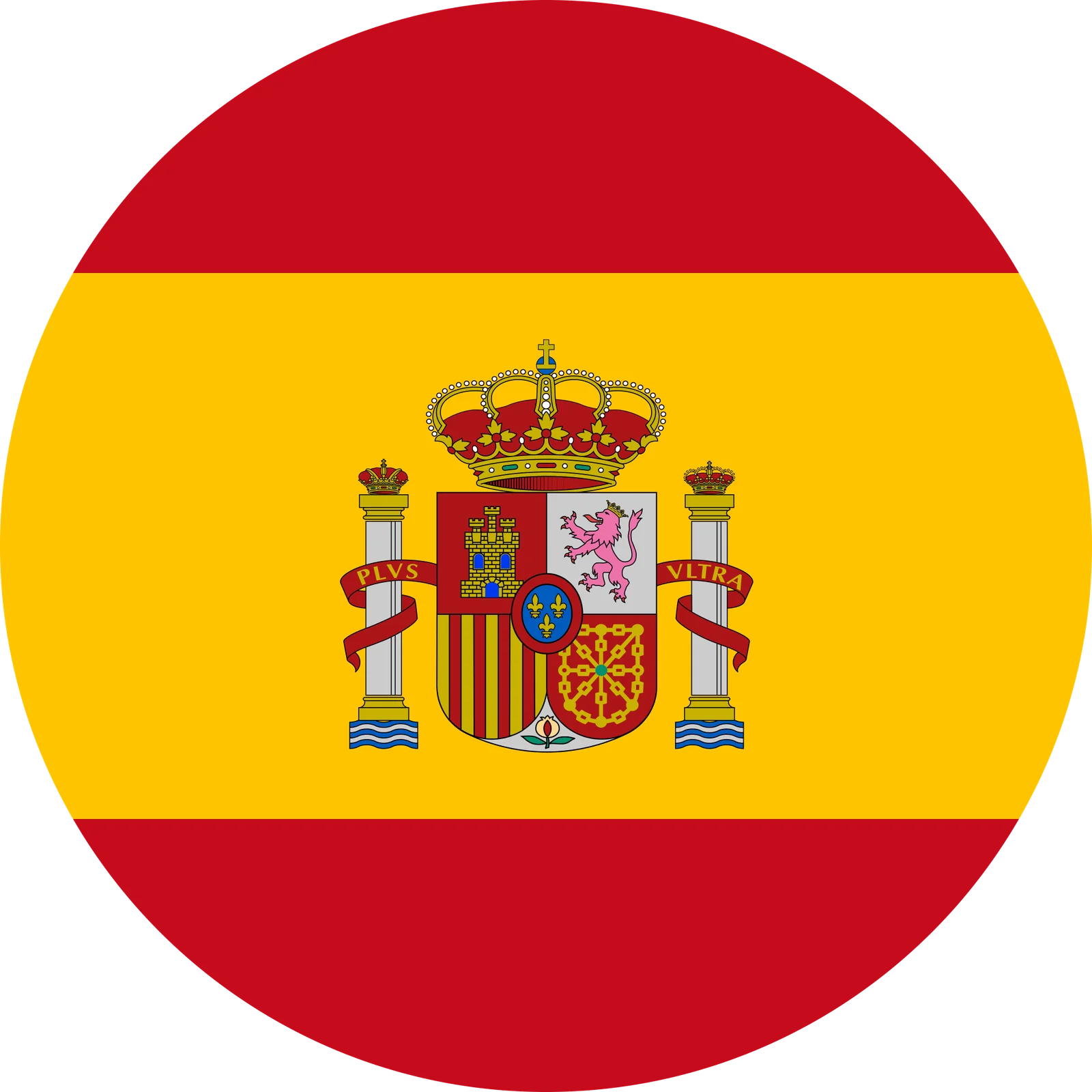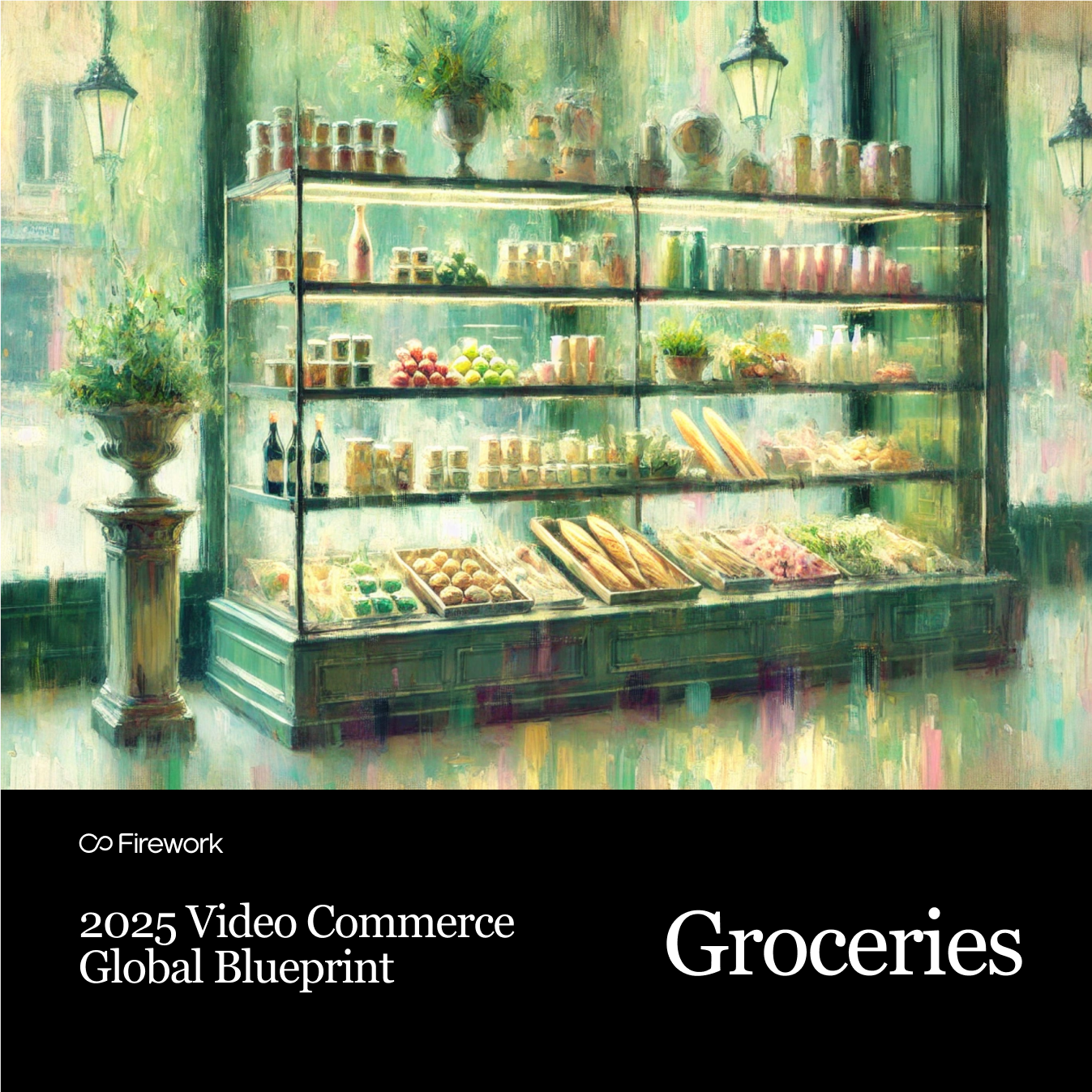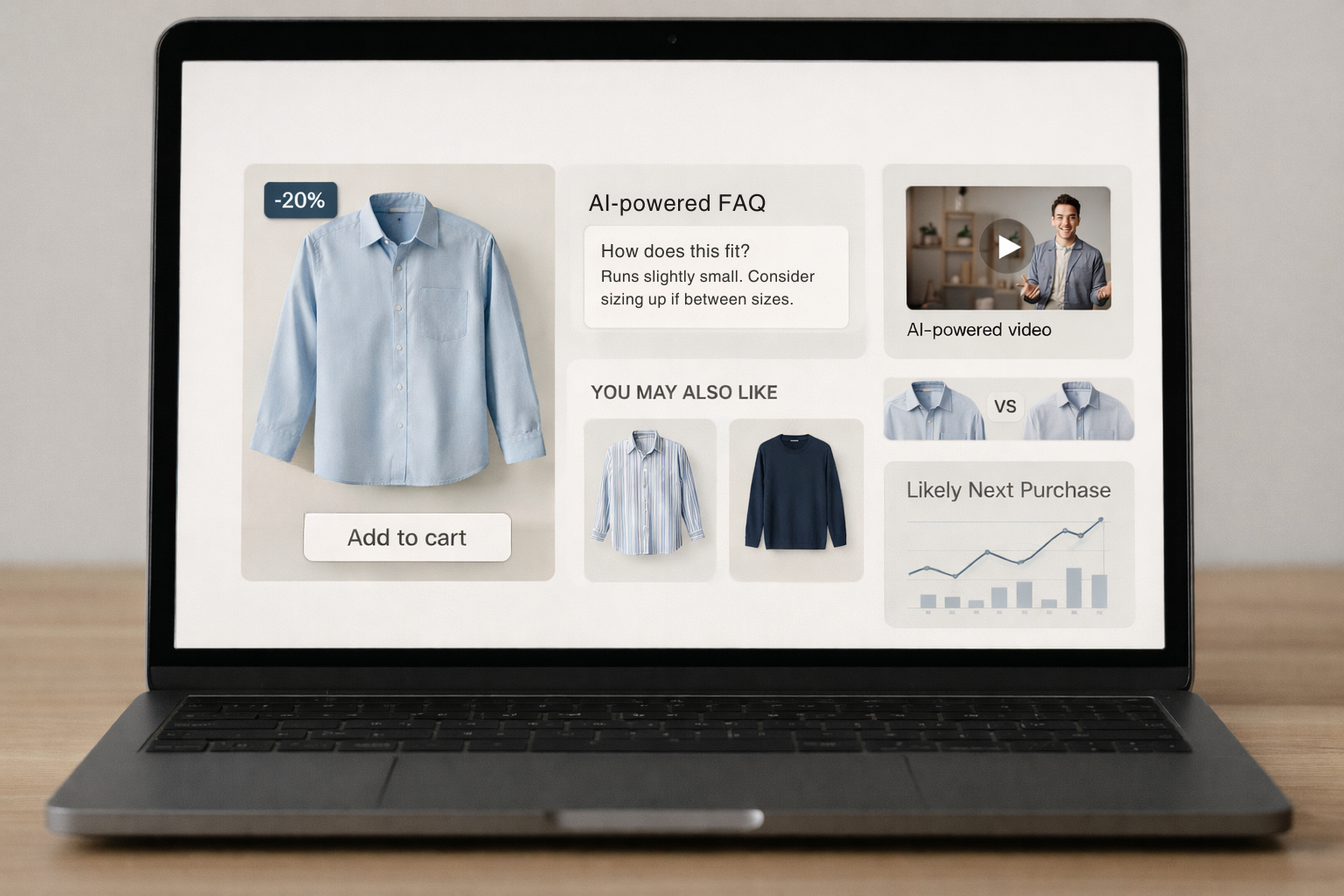Your team’s stretched thin. More channels to manage, more content to create, and rising expectations, all without extra hands or hours. Without a clear strategy, it’s easy to fall into reactive production cycles, leading to scattered messaging, missed opportunities, and weak visibility that drains your budget.
This is where scalable content strategy frameworks make all the difference. From aligning content with growth goals to organizing it around what your audience actually needs, the right approach brings structure to the chaos.
You’ll learn how to build an intentional content ecosystem using models like the IDEAL framework, audience-driven planning, topic clusters, growth-aligned mapping, and modular content systems that save time and increase output across teams. Each one helps you solve a different scaling challenge, whether it's performance tracking, asset reuse, or keeping brand voice consistent across markets.
1. IDEAL Content Marketing Framework
Your content engine should tell you exactly what to create next, why it matters, and when to pivot. That's what the IDEAL framework delivers: Identify, Define, Execute, Analyze, Leverage. Real-time metrics replace guesswork with predictable growth.
The framework starts by identifying key audience segments and aligning content with revenue goals. It then defines clear content pillars and a realistic cadence. Execution is streamlined through high-impact channels and automated workflows, with real-time dashboards used to track performance. Insights from the data are used to refine and improve the strategy over time.
Implementation: Start with a single channel and one primary metric per asset. Once successful, expand to new platforms. Every piece connects to revenue while AI monitoring frees your team from analysis paralysis.
2. Audience Needs Framework
The Audience Needs Framework ensures your content addresses what buyers actually want at every touchpoint, transforming random efforts into revenue-driving assets.
This framework creates a simple matrix capturing each segment's practical and emotional needs, mapped to real shopping behaviors rather than theoretical funnels.
Use Jobs-to-Be-Done language focusing on buyer progress, not features. Regularly revisit your matrix with insights from customer-facing teams, following the Salesforce guide recommendations.
Everything lives in one sheet, making scaling painless; just add rows for new personas. When implemented in your CMS, dynamic modules serve personalized content based on customer stage and needs, keeping materials relevant throughout the entire journey.
Implementation: Start by listing four to six recurring needs for each persona, whether informational, practical, or entertainment-based. Then, match each need to the most effective channels for delivery. Finally, audit your existing content to identify what's missing and where the gaps are.
3. Content Pillars & Clusters Model
While the Audience Needs Framework maps buyer wants, the Content Pillars & Clusters Model organizes materials for maximum search visibility. This approach transforms scattered posts into a coherent authority-building system.
Pillar pages cover broad themes (like "Wireless Headphones"), targeting competitive keywords. Cluster content explores specific queries ("best trail-running headphones"), linking back to pillars and related clusters, creating clear navigation paths.
This structure improves crawl efficiency and semantic relevance, which search engines reward. Map 3–5 core pillars to growth initiatives with 6-10 cluster assets each.
This shift makes a noticeable difference. Firework benchmarks show that shoppers spend 3× more time on pages with interactive videos than on pages with static content. Video-first pillars merge education with immediacy, serving intent and keeping visitors engaged without leaving the page.
Implementation: Start by auditing existing assets and using tools like SEMrush to identify gaps for fresh clusters that connect to your pillar strategy.
.jpeg)
4. Growth Model Alignment Framework
The Growth Model Alignment Framework ensures every content piece serves your specific growth engine, your defense against random marketing acts.
Choose the content motion that aligns with your go-to-market strategy. For product-led growth, focus on tutorials and self-serve guides that help users explore on their own. A sales-led approach benefits from case studies and ROI calculators that support conversion.
Market-led strategies thrive on thought-leadership and competitor analyses that build authority. If you're ecosystem-led, highlight partner spotlights and integration guides that show collective value. Companies report 37% wasted spend due to poor data quality and 35% due to inaccurate targeting, resulting in 30% loss of customers, creating tighter feedback loops and budgets that actually drive revenue.
Implementation: If you are not sure where to start, start by asking: Where do users first touch your product? Who carries revenue targets? What blocks deals? Regular alignment reviews prevent drift while allowing you to swap motions as you scale.
5. Modular Content & Automation Framework
The Modular Content & Automation Framework transforms content creation and distribution at scale, ensuring consistency while cutting production overhead.
This system uses small, self-contained blocks you mix, match, and reuse across channels, turning one video into assets for email, social, and product pages without redundant work.
Global scaling becomes straightforward; swap language modules while core visuals stay intact. Research shows modular teams launch localized assets in parallel, avoiding traditional bottlenecks.
Implementation: Start by creating core content blocks within a headless CMS or DAM using tools like Sanity or Contentful. Next, break those blocks into channel-ready assets, following best practices highlighted by platforms like Turtl. Finally, use automation systems, such as Aprimo, to distribute content efficiently across your key channels.
It also requires guardrails: style guides, approval workflows, and performance dashboards to track module effectiveness.
From Frameworks to Results
The power of strategic frameworks lies in their practical application. When properly implemented, a single piece of content can transform into multiple high-performing assets across channels. A modular approach delivers consistent messaging from social media to checkout while dramatically reducing production time.
As buyer journeys grow more complex, these five frameworks provide the structure to scale efficiently. Start with your biggest constraint, whether it's engagement, alignment, or production bottlenecks, and implement one framework. Measure results, document learnings, and expand what works.
Align your strategy with the journey your buyers choose, not the funnel you wish they followed.
Are you ready to improve your content strategy with interactive video that drives real results? Firework's 24/7 shoppable video platform makes it simple to engage customers at every touchpoint, with no hassle, immediate impact. Get started today.
Unlock Exclusive Insights
By submitting this form, you agree to Firework's privacy policy and consent to receive personalized marketing communications. You can unsubscribe at any time.










.jpeg)

















